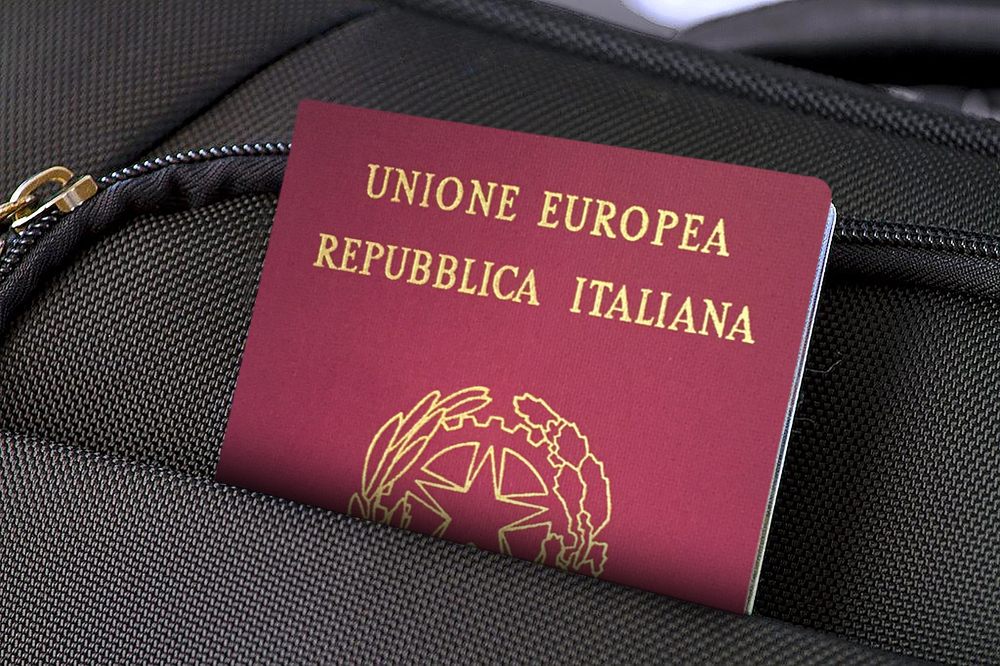In 2022, Italy saw a significant rise in the number of individuals gaining citizenship, with approximately 214,000 successfully applying, as reported by the ISMU research body.
This marked Italy as the leading EU country in terms of citizenship grants, surpassing Spain, Germany, and France.
Compared to the previous year, there was a notable increase of around 76% in approved claims. Italy’s share in the total number of requests granted across the EU, which totalled almost 990,000, stood at 22%.
The majority of those who acquired Italian citizenship hailed from Albania (38,129), Morocco (30,953), and Romania (16,302), which accounted for around 40% of successful applications. Completing the top five were Brazil (11,239) and India (8,509). Notably, there was no representation from English-speaking nations in the top 20.
Regarding age demographics, 37% of new citizens were under the age of 20. Over the years from 2013 to 2022, Italy granted citizenship to nearly 1.5 million individuals, with 2022 registering the highest number of successful applications.
During the ‘pandemic year’ of 2020, Italy granted citizenship to 130,000 individuals – 18% of the EU total.
Which path to citizenship was most popular?
However, details regarding the most popular paths to acquire citizenship in 2022 were not provided in the ISMU study. According to recent data from the Italian statistics office Istat, the common paths include descent from Italian ancestors (ius sanguinis), birth within Italy (ius soli), and parental transmission.
The ius soli path has gained attention in national debates. Italian rapper Ghali drew attention to issues faced by second-generation immigrants at the Sanremo music festival.
Italy’s citizenship regulations are perceived as stringent, especially for children born in the country to foreign parents. Despite being born in Italy, they cannot apply until they turn 18. Missing the application window can lead to a prolonged bureaucratic process lasting at least three years.





